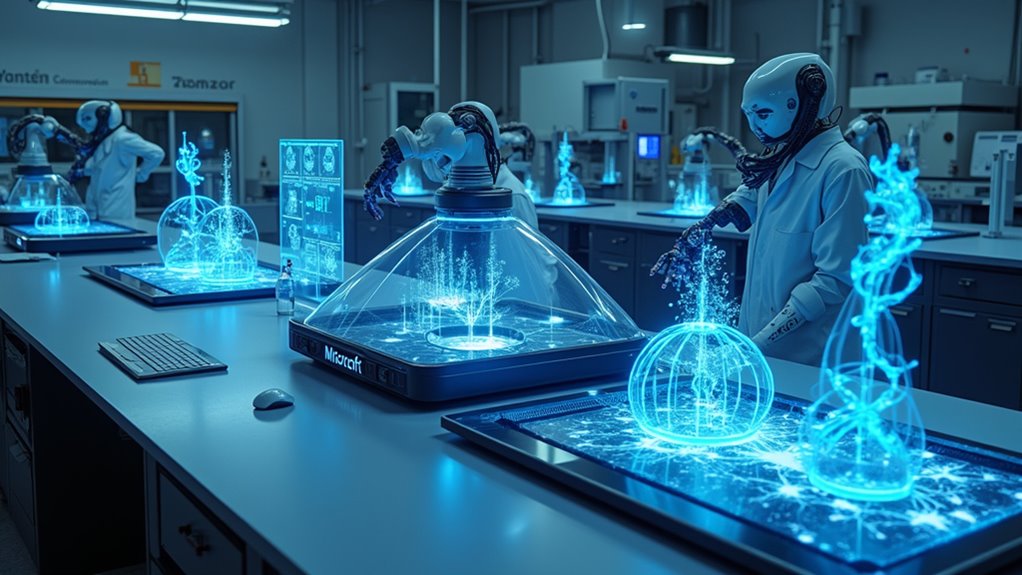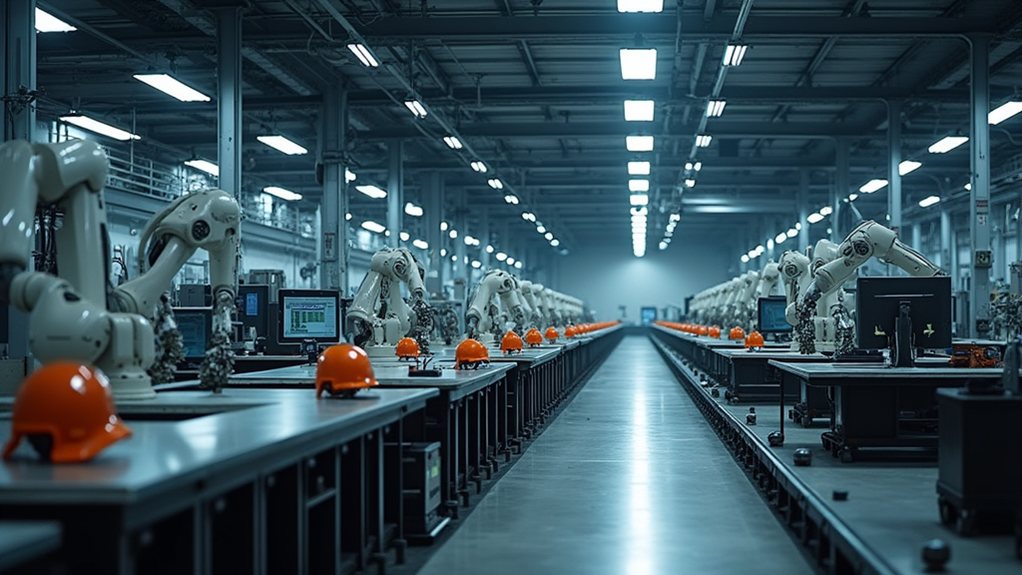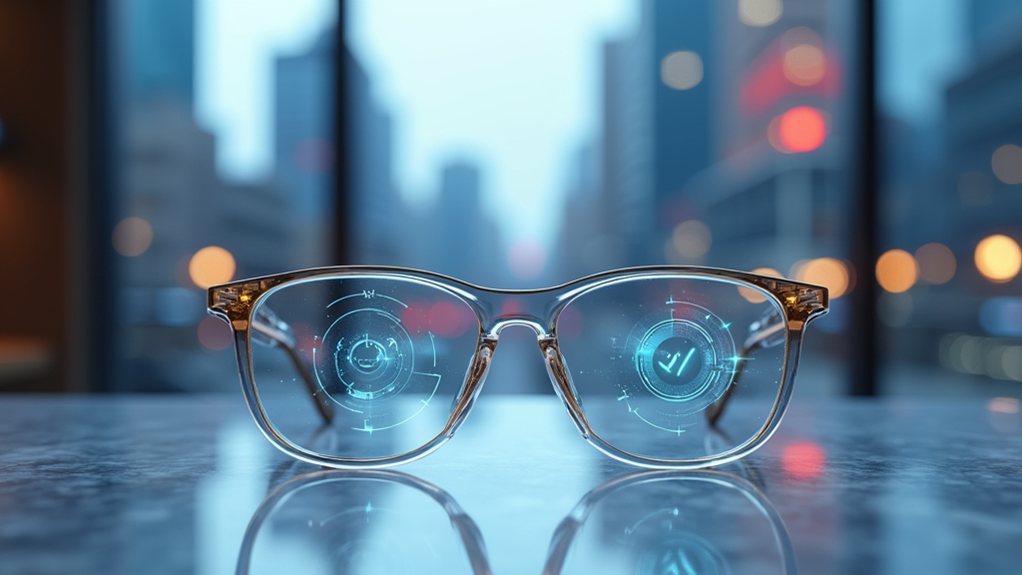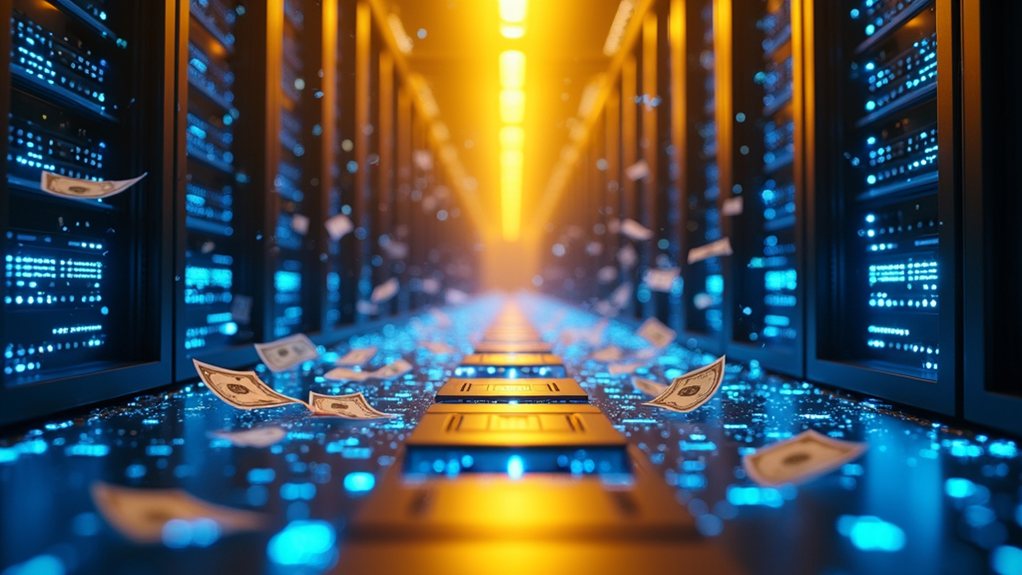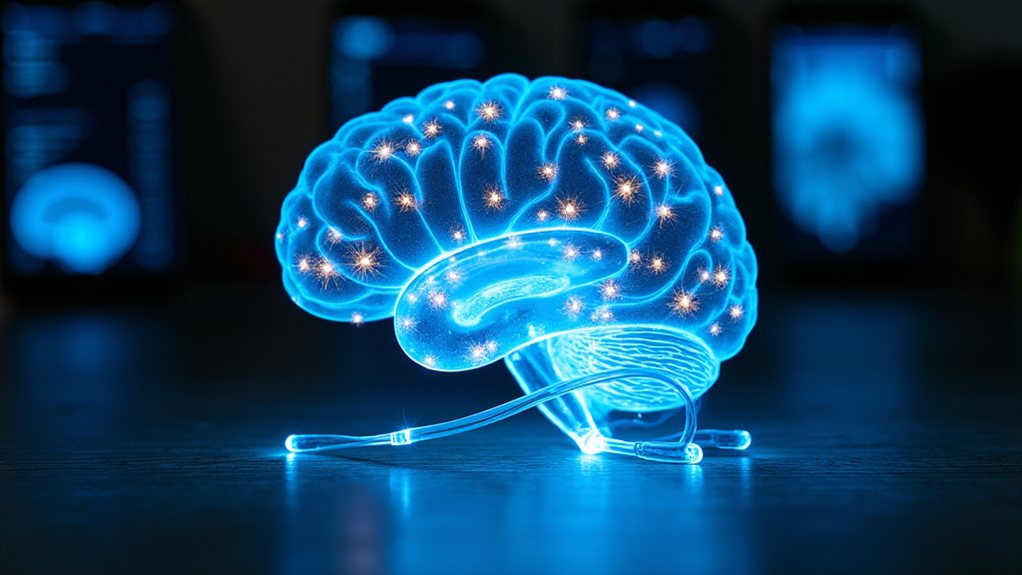Microsoft doesn’t believe AI will replace scientists—it’s betting on partnership. Their Discovery Platform integrates AI throughout the scientific workflow, handling grunt work like literature reviews and simulations while humans stay in the driver’s seat. Think of scientists as conductors of digital specialists, not the ones being replaced. With tools like GraphRAG connecting previously unrelated data points, research efficiency skyrockets without requiring a PhD in computer science. The future of breakthrough discoveries might just be human ingenuity on AI steroids.
As Microsoft continues its relentless push into scientific frontiers, the tech giant has revealed its Discovery platform—a sophisticated ecosystem where AI doesn’t just assist researchers but actively participates in the scientific method itself. This isn’t your grandfather’s science lab assistant—it’s more like Tony Stark’s JARVIS but for protein folding and molecular simulation.
The platform embeds AI agents throughout the entire scientific workflow, from literature review to hypothesis generation and simulation. These specialized digital teammates collaborate in real-time, coordinated by a central Copilot assistant that manages the research process without researchers needing a PhD in computer science to operate it. *Democratizing research tools?* Check.
Microsoft’s AI ecosystem transforms scientists into conductors, orchestrating digital specialists who handle the heavy lifting while keeping humans in the driver’s seat.
What makes Microsoft’s approach particularly interesting is its graph-based knowledge engine that maps relationships between diverse scientific data. Imagine connecting dots you didn’t even know existed. The system tracks every source along the way, so when your AI suggests a breakthrough material for solar panels, you’ll know exactly where that idea came from—no more mysterious “trust me, bro” science.
The results speak for themselves. Microsoft’s AI-driven protein simulation system is solving biomolecular problems with unprecedented speed, while their AI2BMD method is accelerating advancements in protein design and enzyme engineering. AI technology similar to Microsoft’s Azure Digital Twins provides virtual modeling capabilities for complex scientific scenarios. These aren’t just incremental improvements—they’re quantum leaps in research capability. GraphRAG technology enhances performance by providing structured data extraction from complex datasets, making it easier for researchers to identify meaningful patterns.
Of course, Microsoft isn’t forgetting about governance. The platform incorporates enterprise-grade security controls and customizable frameworks for industry-specific compliance. Microsoft’s Discovery platform is designed to address pressing global challenges like drug discovery and sustainability through its innovative AI capabilities. Researchers can even integrate their proprietary models and datasets without compromising security—which is pretty essential when you’re working on the next cancer treatment.
Perhaps most telling is Microsoft’s AI for Good Lab, which supports research with tangible societal benefits. It’s a nod to the reality that scientific advancement shouldn’t just be faster—it should be better for humanity.
As AI continues its integration into the scientific process, 2025 promises capabilities we can barely imagine today. One thing seems certain: the laboratory of tomorrow will be powered as much by silicon as by human intuition.
